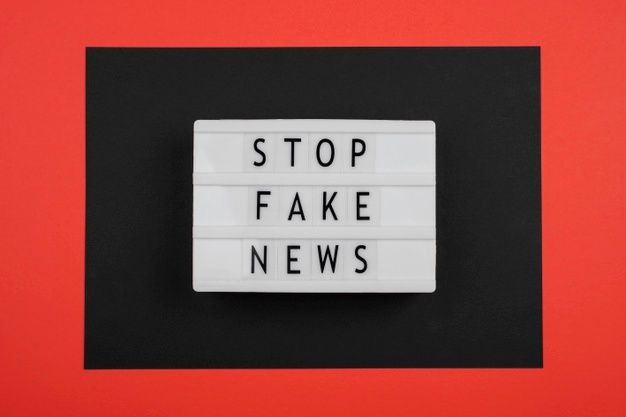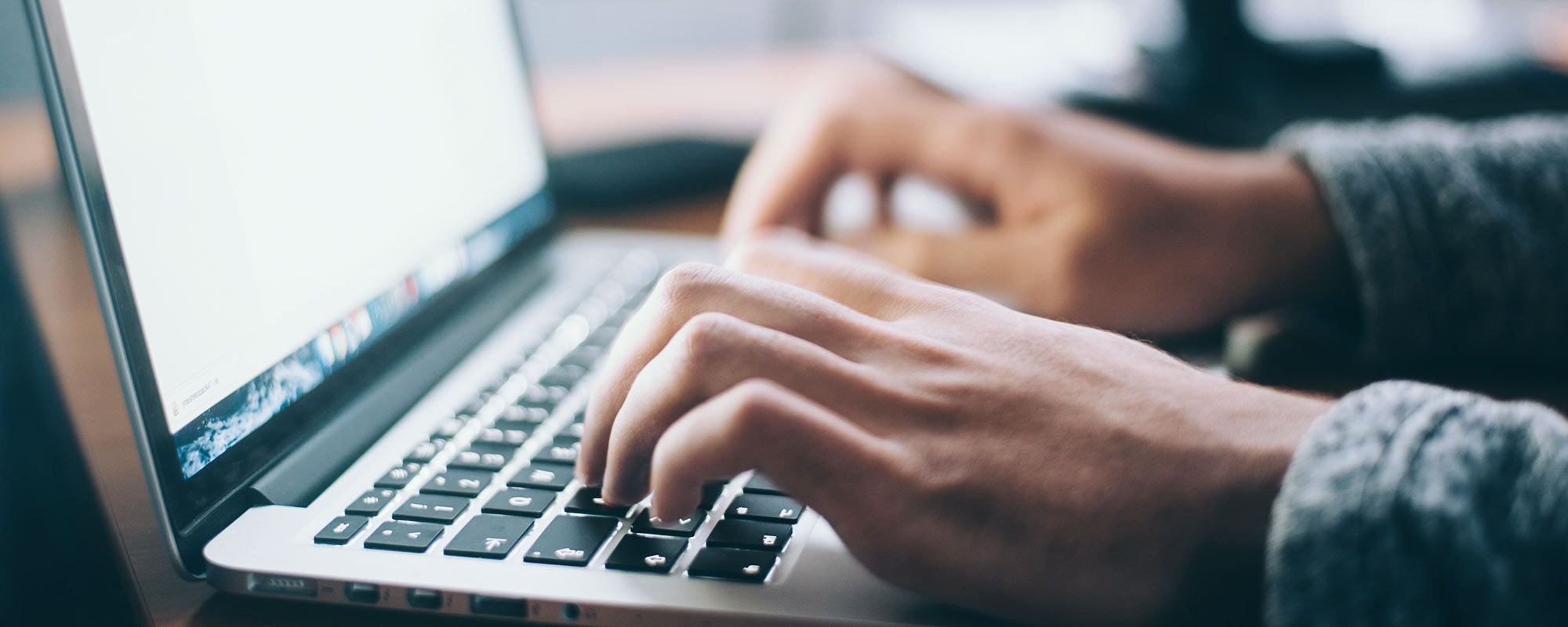Six Healthy Habits for the New Year

As the holidays come blazing through, it’s tempting to place the things you’ve been intending to do to improve your health into an ever-growing “New Year’s Resolutions” heap. You may start the new year full of optimism but, if you’re like the majority of people, that heap begins melting into a puddle of best intentions and neglect by February.
It can be daunting to attend the first spin class of a new session or to start a marathon training schedule. And, the more daunting the resolution, the less realistic it is that you will actually achieve your goal. However, New Year’s resolutions do not have to be drastic switch-ups. Instead, research shows that small, specific lifestyle changes are easier to follow through with than changes that are more abstract, and they can make a big impact on your health.
Check out these six healthy habits that can kick start your wellness in 2022.
Find a New Way to Move
Physical activity is paramount when it comes to sustaining good health and longevity—in fact, the U.S. Centers for Disease Control and Prevention (CDC) recommends 150 minutes of physical activity a week. However, it can often feel unattainable to reach that weekly target when you have a fixed schedule and not a lot of extra time.
One simple way to add physical exercise and movement into your pre-existing routine is to visualize the layout of your current workspace (whether it’s a home office or corporate floor) and then devise creative ways to move your body in a new manner. For example, if you work in a large office, can you take the stairs instead of the elevator? Can you park on the far side of the parking lot to guarantee a few more steps?
NPHIC Blog Posts
Combating Misinformation and Disinformation in the Social Media Era

What spreads faster than COVID-19? Misinformation on COVID-19. Misinformation (false information shared unconsciously) and disinformation (false information shared consciously to cause harm) are in fact harbingers of the modern pandemic. So how did we get here?
The year 2020 hit us with a massive global health threat, and along with it, extreme socioeconomic damage. When this is the case, the mass population can react out of fear. Disinformation is just a reflection of societal anxieties. In the history of pandemics (the Bubonic Plague, the “Black Death,” the Columbian Exchange, and the Spanish flu), these anxieties were often projected onto other groups or nations as an attempt to distance fear.
Misinformation dominating the pandemic response is nothing new, and this era of disinformation and scapegoating echoes historical patterns. That said, pandemic responses have deadly consequences. In an era where social media spreads misinformation at viral speeds, it’s time to treat the “infodemic” like the health threat it is.
History as an Example
During World War I, the outbreak of a new virus spread through troops, ramping up fear and threatening morale. The “Spanish Flu” (which more likely originated in Kansas) erupted as one of the deadliest outbreaks in history, killing an estimated 50 to 100 million people.
NEED MEDIA COVERAGE? GET INVOLVED.

When I first started as a Public Information Officer (PIO) at a county health department, I was transitioning from a career in Public Relations (PR) at a local hospital. Most instances in PR, my job was to be "reactive." To react to a news article, provide a quote defending a negative situation, or to promote the hospital as a place to go to for treatment – after you have cancer, or after you break your leg.
As a new PIO for the health department, I adjusted to the work of promoting services to prevent disease and promote healthy lifestyles – it was a "preventative" way of thinking.

